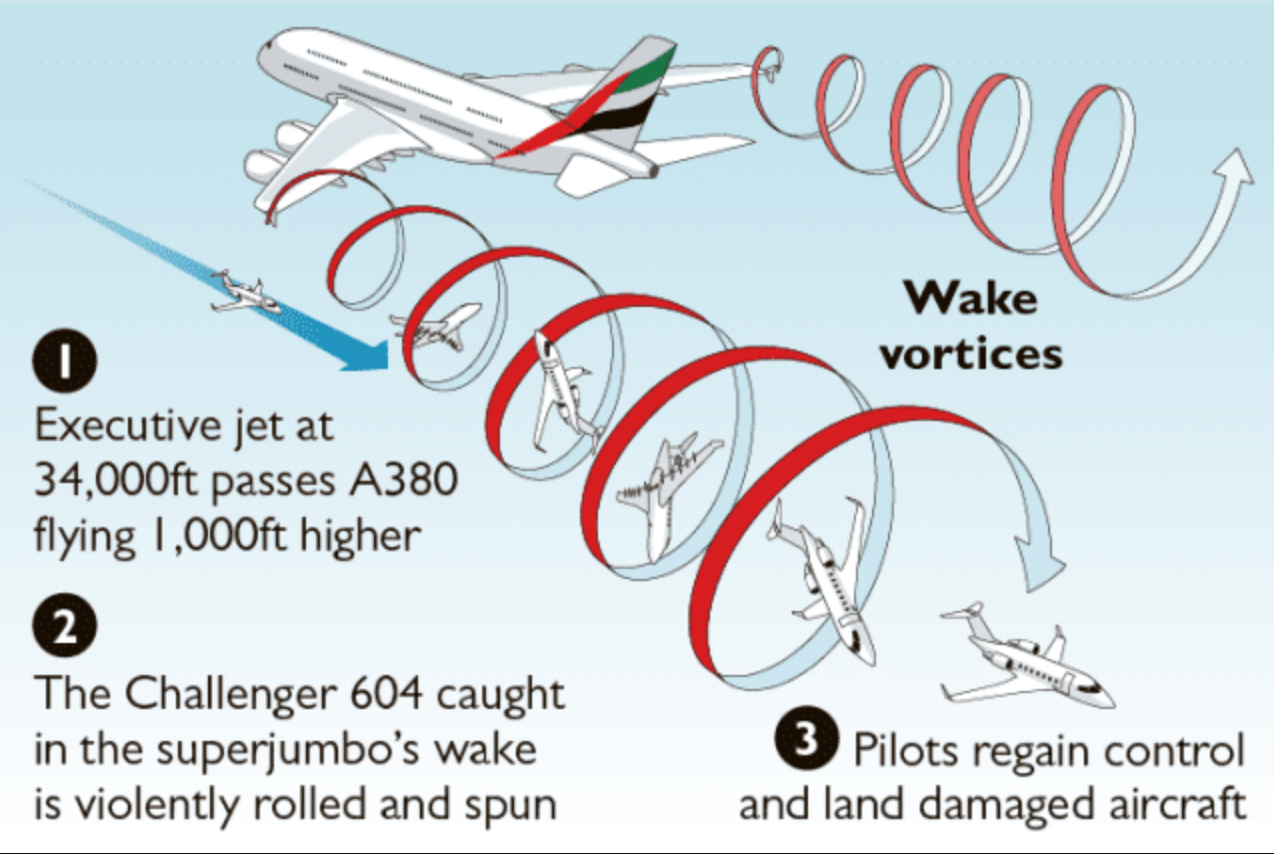Wake Separation

Wake separation in aviation refers to the air traffic control (ATC) procedures and pilot responsibilities for maintaining safe spacing between aircraft to avoid wake turbulence. This safety measure ensures that following aircraft don't encounter the swirling air (vortices) left behind by a preceding aircraft. The history of wake separation is marked by accidents, research, and evolving procedures, ultimately leading to the current system.
Early History and the Need for Separation
- Mid-air collision
An XB-70 collided with an F-104 in 1966, possibly due to the XB-70's enhanced wake turbulence. This event highlighted the need for separation to prevent similar incidents.
- DC-9 crash
A DC-9 crashed at Greater Southwest International Airport while performing "touch and go" landings behind a DC-10. This event led to the FAA creating new rules for minimum following separation from "heavy" aircraft.
Development of Separation Standards
- FAA research and development
The FAA, along with experts at the Volpe Center, studies wake turbulence to understand its behavior and recommend separation adjustments.
- Wake turbulence categorization
Aircraft are categorized (light, medium, heavy, super) based on their maximum certified takeoff weight.
- Minimum separation distances
These distances are based on the categories of preceding and following aircraft, as well as altitude differences.
- Visual separation
In certain conditions, aircraft can maintain visual separation, with the following aircraft ensuring they are not affected by the preceding aircraft's wake.
Evolving Procedures and Technology
- New separation standards
The FAA is developing and implementing new procedures and separation standards based on wake vortex behavior.
- Dynamic separation
Future procedures may involve a more dynamic and specific aircraft-to-aircraft relationship based on individual aircraft wake characteristics.
- RECAT (Wake Turbulence Re-categorisation)
This program in the US and Europe refines separation standards based on more detailed aircraft characteristics.
Current Practices
- ATC responsibility
ATC provides standard separation for departing aircraft and IFR traffic on approach, ensuring safe spacing based on aircraft size and wake characteristics.
- Pilot responsibility
Pilots also share responsibility for wake turbulence avoidance, especially at uncontrolled airports and when using visual flight rules (VFR).
- Wake turbulence advisories
ATC provides information to pilots about potential wake turbulence, especially during approach and departure.
- Pilot options for increased safety
Pilots can request increased separation by vectoring (changing flight path), changing altitude, or taking personal responsibility for wake turbulence avoidance.
Key Considerations
- Heavier aircraft
Heavier aircraft generate more intense wake turbulence.
- Wind conditions
Wake vortices are most persistent in light wind conditions and can be influenced by crosswinds.
- Airframe characteristics
Aircraft with shorter wingspans or smaller wingspans generate more intense wake turbulence.
- Takeoff and landing
Pilots should be mindful of wake turbulence during takeoff and landing, especially when following a larger aircraft.
